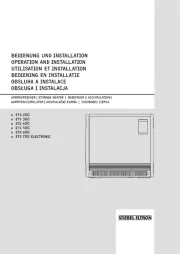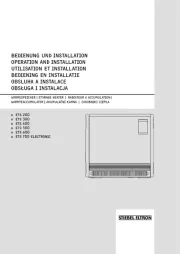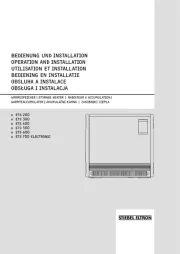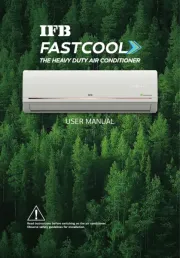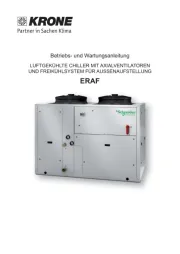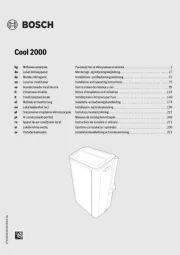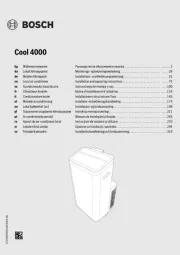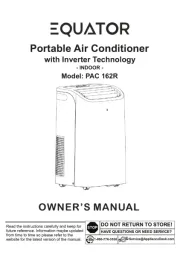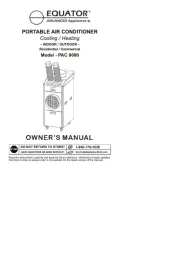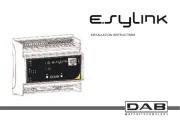Panasonic CS-YN9XKD-3 Manual
Læs gratis den danske manual til Panasonic CS-YN9XKD-3 (20 sider) i kategorien Aircondition. Denne vejledning er vurderet som hjælpsom af 14 personer og har en gennemsnitlig bedømmelse på 4.2 stjerner ud af 7.5 anmeldelser.
Har du et spørgsmål om Panasonic CS-YN9XKD-3, eller vil du spørge andre brugere om produktet?

Produkt Specifikationer
| Mærke: | Panasonic |
| Kategori: | Aircondition |
| Model: | CS-YN9XKD-3 |
Har du brug for hjælp?
Hvis du har brug for hjælp til Panasonic CS-YN9XKD-3 stil et spørgsmål nedenfor, og andre brugere vil svare dig
Aircondition Panasonic Manualer
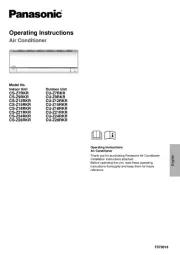
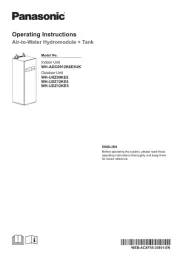




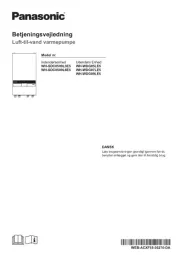
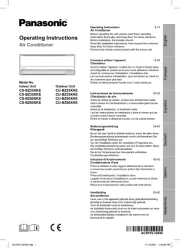

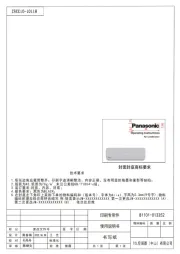
Aircondition Manualer
- Kunft
- Godrej
- Carson
- Equation
- Equator
- Alpina
- SereneLife
- Mayer
- Holland Electro
- SMC
- Teco
- Avalon Bay
- Medion
- Fairland
- Trebs
Nyeste Aircondition Manualer
